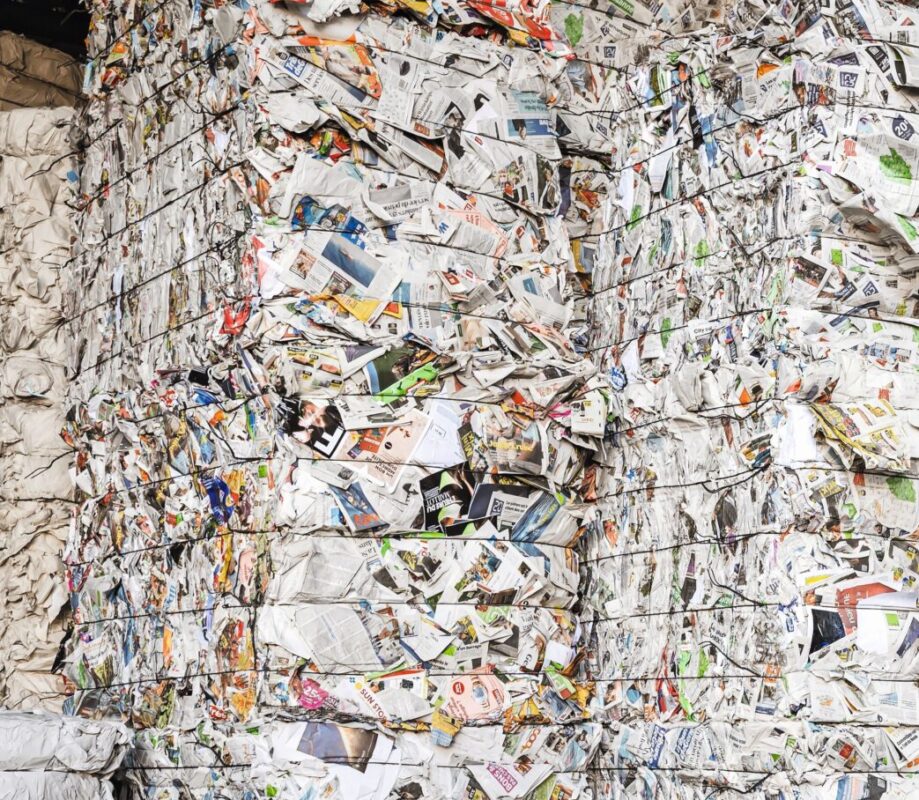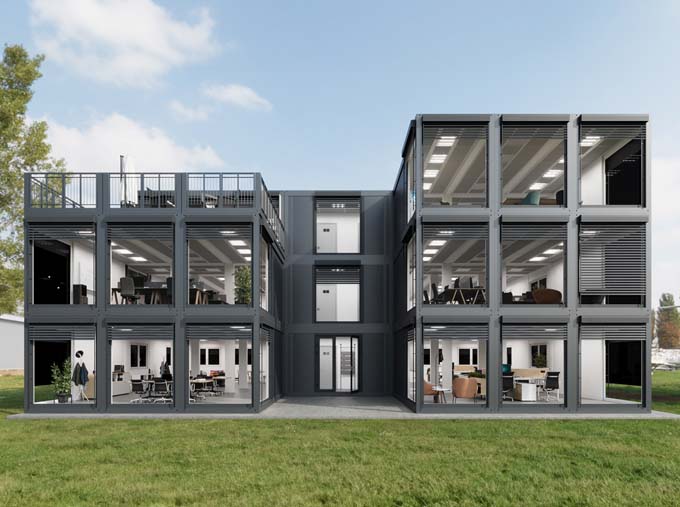Why the new crime scene should be green
With the new Tatort from Zurich, Swiss television SRF wants to lead the way. SRF recently wants to produce its own film and series formats more sustainably and thus provide a role model. SRF is supported in this endeavor by Zodiac Pictures AG and myclimate.

Banking city, scene, culture and media metropolis... Zurich becomes crime scene city. More precisely, on October 18 (SRF, 8.05 p.m.). That's when the city joins the circle of German-speaking Sunday crime cities, according to Swiss television. SRF has set itself the goal of working out a systematic and long-term sustainability strategy for its film and series productions. This is intended to reduce the carbon footprint of in-house productions in the future, but also of the industry as a whole. The first of these is the new Tatort from Zurich, which has been selected as a pilot project.
SRF receives support in the concrete collection of CO2 emissions data from the Swiss climate protection foundation myclimate, which has compiled a list of ecological sustainability measures. In terms of implementation, the production company Zodiac Pictures AG is actively involved in the project.
Green Filming in Switzerland
The new Tatort also consumed quite a bit of energy. Producing one hour of TV programming causes an average of 13.5 tons of CO2 - that's according to a study by the British Film Academy BAFTA. In London City alone, audiovisual production produces around 125,000 tons of CO2 annually, which corresponds to emissions from a good 24,000 households. Together with the Swiss climate protection foundation myclimate, Zodiac Pictures AG identified ways in which the crime scene from Zurich could be approached in a more climate-friendly way.
So Dr. Bettina Kahlert from myclimate Team Leader Efficiency Consulting first evaluated benchmarks for how much energy such a shoot consumes in pre- and post-production, and finally also on location. For example, 32 tons of CO2 equivalents were used for electricity and lighting during the shoot in Zurich in November 2019, with the largest share being used for mobility (e.g. transport of people and materials).
For a shoot for the crime scene from Lucerne, 15 tons of a total of 38 CO2 emissions for hotel accommodations were once still on the books; for the crime scene from Zurich, it was only five tons, "because most of the crew members live in Zurich and we otherwise used more climate-friendly overnight accommodations," Jessica Hefti from Zodiac Pictures explains the first comparative values.
Jessica Hefti, TV Producer from Zurich: "Tatort Zürich brought together 38 new actors*, some of whom were working in a climate-friendly way for the first time, they all enthusiastically embraced it."
The Swiss foundation Focal, whose goal is "to develop and promote the creative, technical and entrepreneurial skills of professionals in the fields of film, audiovisual and new media," has a comprehensive Manual published how films can be produced in a more environmentally conscious way, more details on "Green Filmmaking" at:









